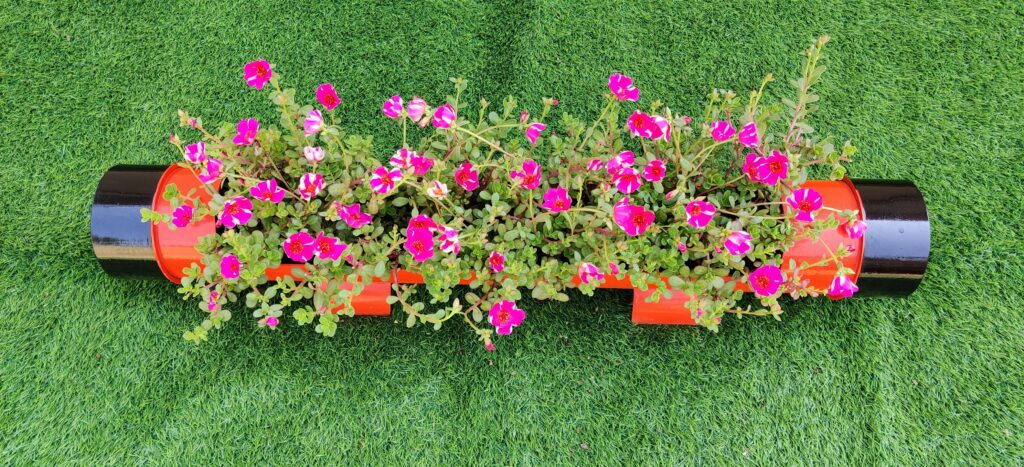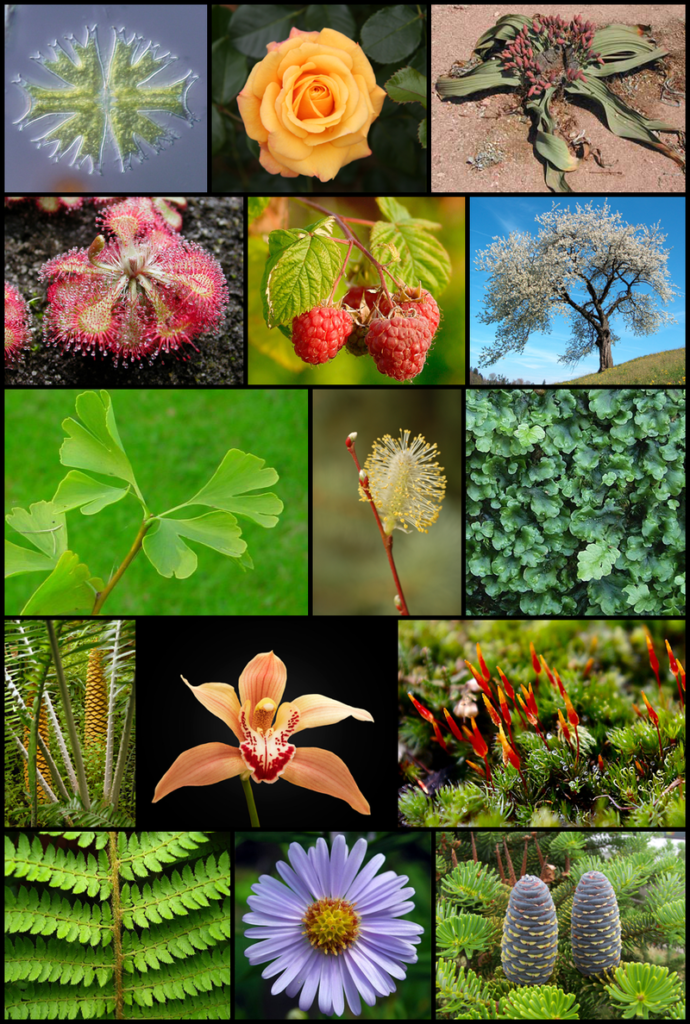plants Plants store their food as starch.
plants
Land plants are multicellular organisms that can be distinguished from other living things by a number of characteristics: They make their own food. Plants are photosynthetic and contain a green pigment called chlorophyll, which enables plants to convert energy from the sun into food. Plants store their food as starch.

type of plant called
Plants include familiar types such as trees, herbs, bushes, grasses, vines, ferns, mosses, and green algae. The scientific study of plants, known as botany, has identified about 350,000 extant (living) species of plants. Fungi and non-green algae are not classified as plants.

Plant cells are composed of rigid cell walls made of cellulose, chloroplasts (which help with photosynthesis), a nucleus, and large vacuoles filled with water. One of the most important functions of most plants is photosynthesis. Plants use photosynthesis to create energy directly from sunlight.

common plants
They include familiar types such as trees, herbs, bushes, grasses, vines, ferns, mosses, and green algae. Plants are organisms that grow outdoors in natural habitats, such as trees, flowers, hedges, shrubs, herbs, grass, moss, and ferns.


